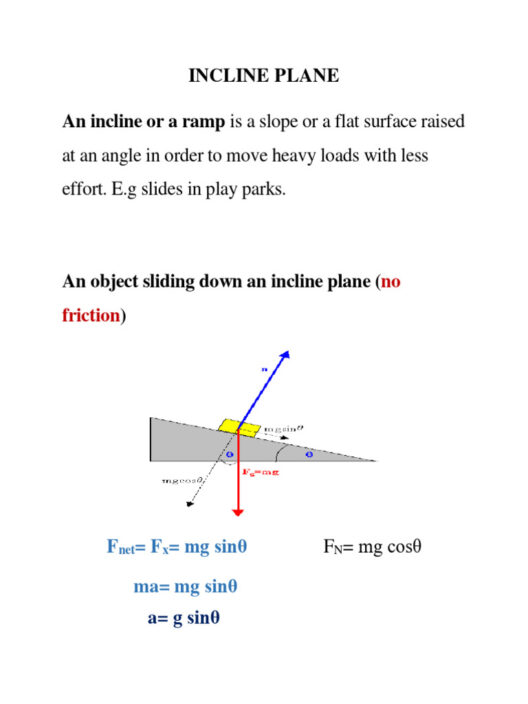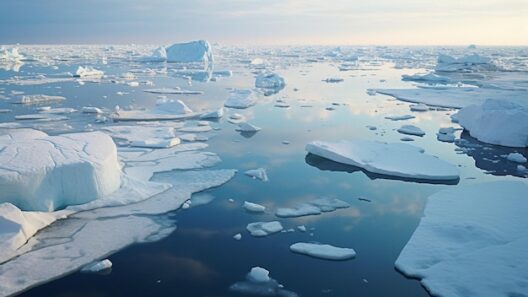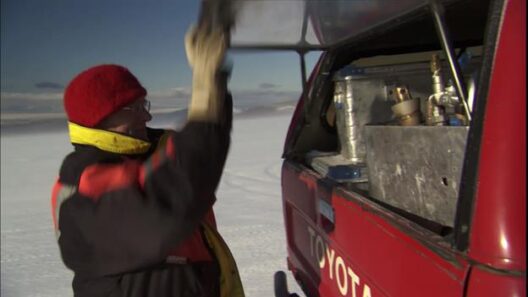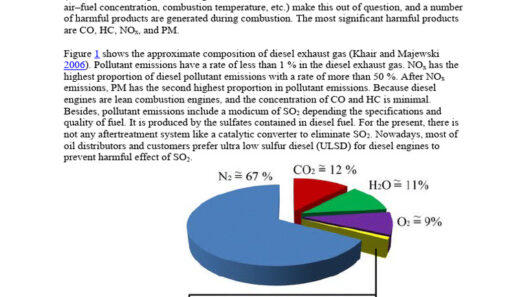As humanity traverses this perilous juncture in the chronicles of our planetary existence, one must contemplate the profound consequences of our actions on Earth’s climate. The metaphorical analogies of a vessel navigating turbulent seas resonate deeply in the context of global warming. Are we not, as a collective society, steering towards a point of no return? The phenomena encompassed by climate change have transcended mere scientific discourse, embedding themselves in the very fabric of our everyday reality.
Global warming represents an inexorable force, akin to an encroaching tide, steadily rising and threatening to inundate our coastal cities. The exponential increase in greenhouse gases, largely attributable to anthropogenic activities, acts as a blanket enveloping our planet, trapping heat and transforming the Earth’s delicate balance. This has wrought a plethora of vicissitudes: glacial retreat, inexorable sea-level rise, and increasingly severe weather patterns that disrupt ecosystems and human livelihoods alike.
As we reflect upon these ramifications, it becomes crucial to illuminate the interconnectedness of climate systems. The Earth cannot be compartmentalized into isolated segments; rather, it exists as an intricate tapestry where each thread influences the others. The Amazon rainforest, often termed the “lungs of the planet,” plays a pivotal role in sequestering carbon dioxide. However, rampant deforestation threatens to undermine this vital equilibrium, releasing stored carbon back into the atmosphere. As such, climate change is not merely an environmental issue; it encompasses geopolitical, economic, and social dimensions that reverberate across borders and cultures.
Consider the intricate web of species that populate our planet. The biodiversity crisis exacerbated by climate change could be likened to the gradual unravelling of a finely woven fabric. Each species, from the humble bumblebee to the majestic polar bear, contributes to the ecological mosaic. The extinction of any single species triggers a cascade of effects, jeopardizing entire ecosystems and the essential services they provide. Deforestation, pollution, and climate change collectively orchestrate a dirge that resonates through the annals of natural history.
Yet, amid this bleak panorama, hope remains an elusive but potent force. Individuals, communities, and nations are awakening to the reality of climate change, engaging in dialogues that galvanize action. The Paris Agreement stands as a testament to the international resolve to combat climate change, albeit fraught with challenges in its implementation. The ambition to limit global temperature rise to well below 2 degrees Celsius is not merely aspirational; it necessitates immediate and robust action. Transitioning to renewable energy sources, enhancing energy efficiency, and promoting sustainable agricultural practices are formidable strategies that could stave off the worst impacts of global warming.
Moreover, the realm of innovation flourishes, offering unprecedented solutions to combat climate change. Carbon capture and storage technology encapsulates the essence of utilizing ingenuity to reverse some effects of our past transgressions. Additionally, advancements in solar, wind, and hydroelectric power present a viable alternative to fossil fuels, thereby heralding a new era of sustainable development. It is imperative to champion these innovations, fostering a collective commitment to research and development that transcends profit motives to prioritize the survival of our planet.
Despite these advancements, resistance and complacency persist. Skepticism regarding climate science remains a significant impediment to progress. Misinformation proliferates, obscuring the daunting realities of climate change while perpetuating a façade of normalcy. Educational initiatives are therefore essential; understanding climate change as a palpable threat, rather than an abstract notion, fosters a culture of advocacy and urgency.
This urgency is underscored by the inexorable ticking of the clock. We are now at a juncture where the future of our planet hangs precariously in the balance. Scientists have posited that we may be approaching critical tipping points—thresholds beyond which catastrophic climate changes become irreversible. The melting of polar ice caps, the thawing of permafrost, and the exacerbation of extreme weather events are harbingers of this grim reality. They evoke the imagery of a dam on the verge of bursting—past a certain point, the repercussions may be uncontrollable, irrevocable.
Yet, the narrative does not conclude with despair. Collective action has demonstrated an ability to engender significant change. The fraying edges of the status quo are being mended with bold initiatives led by grassroots movements. Youth-led strikes, community-led conservation efforts, and corporate pledges to carbon neutrality are reshaping the dialogue on climate action. These movements highlight the potency of public will in influencing policy and catalyzing systemic change.
In the face of apathy, it is crucial to invoke the metaphor of the phoenix—a symbol of rebirth and renewal. Humanity stands at the precipice of possibility; though challenges are manifold, the opportunity to reshape our trajectory remains within reach. Advocacy at individual, community, and governmental levels can engender a paradigm shift, redirecting our efforts towards stewardship and sustainability. As stewards of the planet, we possess the agency to navigate the tempestuous waters of climate change towards a future that honors both our needs and the intricate ecosystems that sustain us.
In conclusion, the fate of Earth teeters on a precarious edge as we grapple with the reality of global warming. The metaphor of a vessel navigating turbulent seas suits our predicament, invoking both the urgency and hope inherent in our current moment. As we confront undeniable truths, let us remain steadfast in our resolve to change course. The narrative of our planet’s fate is yet unwritten, awaiting the collective ink of our actions. Only through conscientious stewardship can we aspire to ensure a habitable Earth for generations yet unborn.








